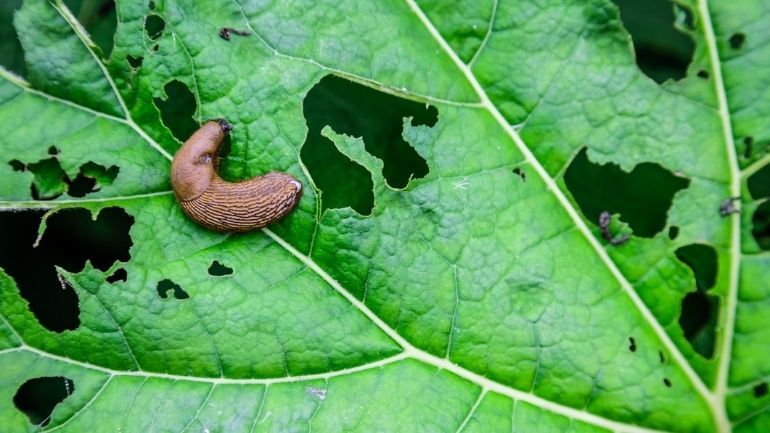Leicester computational modelers pioneer pest-busting model
Mathematicians at the University of Leicester have developed a new mathematical model which could greatly increase the efficiency of pest control and hence significantly reduce the impact of pests on crops whilst minimizing the damage to the environment. 
A new study builds upon individual-based model (IBM) techniques to explain and predict the formation of high slug density patches in arable fields.
While existing models built around the Turing theory of pattern formation (named for AI pioneer Alan Turing) and its generalizations are shown to work well for patterns in plant distribution, these are rarely able to accurately predict the distribution of animals due to the complexity of behavioral responses.
Drawing on field data collected in a three-year project, computational modeling experts in the University of Leicester’s School of Computing and Mathematical Sciences, alongside colleagues from The University of Birmingham and Harper Adams University, applied mathematical concepts to building a new model which shows trends of distribution, accounting for the movements of individual creatures.
Their model could be used in creating more efficient methods of pest control – by targeting the use of pesticides and other techniques to protect crops – and could be adapted to better understand the collective behavior in other species, such as fish schools, bird flocks, and insect swarms.
Sergei Petrovskii is a Professor in Applied Mathematics at the University of Leicester and the lead author for the study. Professor Petrovskii said: “This study is an example of how a fundamental ecological concept, when applied to a real-world problem, can lead to breakthrough findings and ultimately helps to make agriculture more sustainable”
Keith Walters, Professor in Agriculture and Pest Control at Harper Adams University, said: “Understanding factors determining slug distribution in agricultural fields have been a long-standing problem. Using unique field techniques specifically developed to support modeling and simulations allowed progress that would hardly be possible with empirical tools alone.”
Dr. Natalia Petrovskaya, Senior Lecturer in Applied Mathematics at the University of Birmingham and corresponding author for the study, added: “Computer simulations helped us to reveal a hidden link between biological processes going on very different spatial scales, which was crucial for the success of this project.”

 How to resolve AdBlock issue?
How to resolve AdBlock issue?